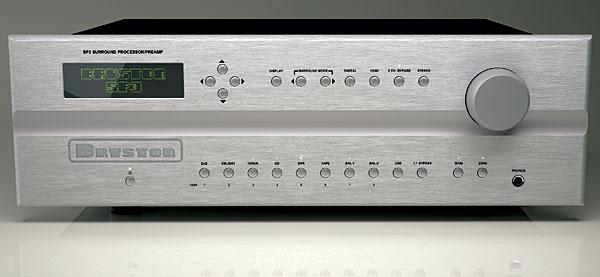| Columns Retired Columns & Blogs |
Good article about an interesting product. Since you reviewed the Rotel RSP 1572 recently I would be interested to learn how you would rate the audio performance of these two surround processors both in conjunction with the Bryston 9B SST.









































